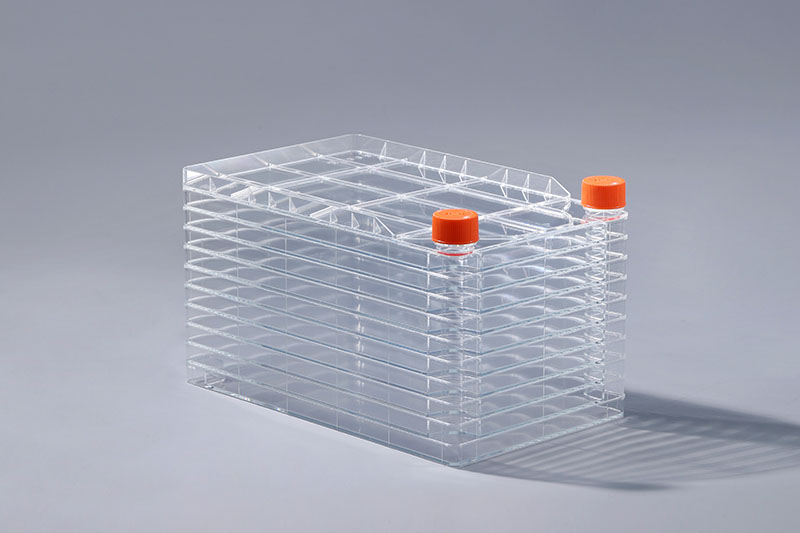은(는) 다층 세포 배양 소모품입니다. 세포를 배양할 때 다양한 액세서리를 사용하여 다양한 실험 작업을 수행하는 경우가 많습니다. 백금 가황 실리콘 튜브는 테스트 과정에서 일반적으로 사용되는 일종의 지지 파이프라인입니다.백금 가황 실리콘 튜브는 백금 촉매로 가황된 실리콘 튜브입니다. 주로 셀 공장에서 액체 이송에 사용됩니다. 이러한 종류의 파이프 라인은 무취, 무독성, 산 및 알칼리 저항, 내 오존성 및 내 화학성 특성을 가지고 있습니다. 가공 기술이 복잡하고 생산 비용이 높습니다. 그것은 식품 및 의료에 널리 사용되며 상대적으로 고급 수준의 실리콘 튜브에 속합니다.cell factory
백금 가황은 2액 첨가형 가황제입니다. 가황 온도가 낮고 가황 속도가 빠른 특성이 있습니다. 전통적인 과산화물 가황 시스템과 비교하여 환경 보호, 고효율 및 무취의 장점이 있습니다. 국가가 환경 보호 및 위생 요구 사항, 특히 식품 및 의료와 관련된 유기 규소 제품에 대한 테스트 요구 사항에 점점 더 많은 관심을 기울이면서 곧 전통적인 과산화물 가황제를 대체하게 될 것입니다. 백금 가황 성형 후 제품은 우수한 물성, 안정된 치수, 낮은 수축률을 가지며 제품 인장 강도, 인열 강도 및 탄력성이 크게 향상되었습니다.
또한 셀 공장에서 사용되는 백금 가황 실리콘 튜브도 매우 좋은 온도 저항 및 고온 및 고압 살균을 견딜 수 있습니다. 이는 많은 과학 연구 기관 및 제약 회사가 이러한 종류의 파이프라인을 선택하는 중요한 이유이기도 합니다.
In addition, the platinum vulcanized silicone tube used in the cell factory also has very good temperature resistance and can withstand high temperature and high pressure sterilization, which is also an important reason why many scientific research institutions and pharmaceutical companies choose this kind of pipeline.
The FAI climbed 5.9 percent year-on-year in the first 11 months of 2018, quickening from the 5.7-percent growth in Jan-Oct, the National Bureau of Statistics (NBS) said Friday in an online statement.
The key indicator of investment, dubbed a major growth driver, hit the bottom in August and has since started to rebound steadily.
In the face of emerging economic challenges home and abroad, China has stepped up efforts to stabilize investment, in particular rolling out measures to motivate private investors and channel funds into infrastructure.
Friday's data showed private investment, accounting for more than 60 percent of the total FAI, expanded by a brisk 8.7 percent.
NBS spokesperson Mao Shengyong said funds into weak economic links registered rapid increases as investment in environmental protection and agriculture jumped 42 percent and 12.5 percent respectively, much faster than the average.
In breakdown, investment in high-tech and equipment manufacturing remained vigorous with 16.1-percent and 11.6-percent increases respectively in the first 11 months. Infrastructure investment gained 3.7 percent, staying flat. Investment in property development rose 9.7 percent, also unchanged.
 English
English



















































